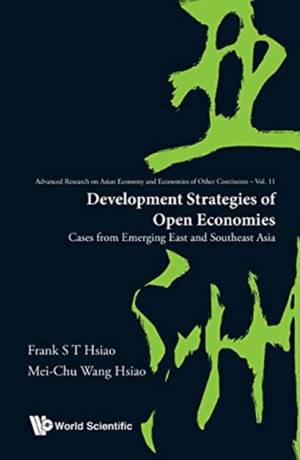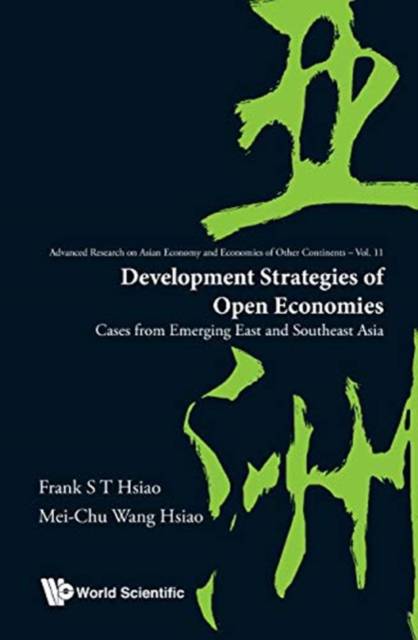
- Afhalen na 1 uur in een winkel met voorraad
- Gratis thuislevering in België vanaf € 30
- Ruim aanbod met 7 miljoen producten
- Afhalen na 1 uur in een winkel met voorraad
- Gratis thuislevering in België vanaf € 30
- Ruim aanbod met 7 miljoen producten
Zoeken
Development Strategies of Open Economies: Cases from Emerging East and Southeast Asia
Frank S T Hsiao, Mei-Chu Wang Hsiao
€ 180,45
+ 360 punten
Omschrijving
In an open economy, basic development strategies include promoting foreign exports, attracting foreign direct investment, and stimulating economic growth. Using time-series and panel data analyses, the first part of this book studies the causality and significance of these three strategies, individually or collectively, empirically and theoretically, during the catch-up growth and development phases of emerging East and Southeast Asian economies.While it is well-known that trade and investment are major catalysts for economic development and growth, the interaction and importance of all three strategies have seldom been studied together statistically and systematically. This well-researched scholarly book collects closely-related papers by Frank Hsiao and Mei-Chu Wang Hsiao and studies the causal relations and the degree of importance among these three strategies for policymakers, scholars and students of development studies and international economics.Another development strategy in open economies is reducing friction and volatility through government-to-government policy coordination. The second part of this book introduces the role of the United States in the Asia-Pacific region, and the possibility of monetary policy coordination between large countries and small countries in the Asia-Pacific region.
Specificaties
Betrokkenen
- Auteur(s):
- Uitgeverij:
Inhoud
- Aantal bladzijden:
- 376
- Taal:
- Engels
- Reeks:
- Reeksnummer:
- nr. 11
Eigenschappen
- Productcode (EAN):
- 9789811205408
- Verschijningsdatum:
- 3/04/2020
- Uitvoering:
- Hardcover
- Formaat:
- Genaaid
- Afmetingen:
- 152 mm x 229 mm
- Gewicht:
- 671 g

Alleen bij Standaard Boekhandel
+ 360 punten op je klantenkaart van Standaard Boekhandel
Beoordelingen
We publiceren alleen reviews die voldoen aan de voorwaarden voor reviews. Bekijk onze voorwaarden voor reviews.








